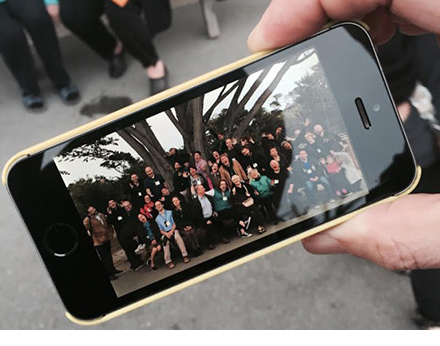Monday, June 20th, 2016
[The following is an article I wrote for the online magazine Kidscreen, June 13, 2016.]
It’s been an interesting time in the mobile app world. While the children’s mobile space continues to face its fair share of challenges, new hope has emerged from an announcement made in advance of Apple’s Worldwide Developers Conference, which begins today in San Francisco.
Some noteworthy points to take away from last week’s announcement:
- Apple app review times will be significantly reduced. Starting today, about half of all apps submitted will be reviewed and approved within 24 hours. A majority of those apps remaining will be reviewed and approved within 48 hours.
- Developers interested in selling their apps on a monthly subscription basis can begin considering this option. While some parameters around subscription-based apps are sure to come, this is a welcomed move. Apps will soon be able to generate monthly subscription dollars in any app category. Apple also plans to allow multiple tiers of subscription pricing.
- If a user subscribes to an app for more than a year, the revenue split between the developer and Apple, which has historically been a 70% to 30% split, will change to 85% to 15% in the developer’s favor. That’s 15% more revenue heading into a developer’s pocket. This policy will go into effect starting today, and any developer that sells an app as part of a subscription can start collecting this additional 15% of revenue from subscribers who have been with them for more than a year.
And more changes are coming within the App Store itself. One big change will be the ability for developers to bid on keywords in order to have their apps appear at the top of a search result (though this change will apparently not appear for anyone under the age of 13).
On the surface, this is great news. And it’s possible that more changes benefiting developers will come out of this week’s conference. In addition, this move by Apple will most certainly force Google’s hand in making more changes to its Google Play app store. In fact, shortly after Apple’s announcement, Google modified its subscription pricing to an 85%/15% split, minus the one year offset that Apple has defined.
While the changes will undoubtedly be embraced by the app-making community, they come on the heels of recent findings from research firm Nomura, which used data from app tracking research company SensorTower to discover that overall app downloads from some of the biggest publishers have dropped by 20% in the last year (unless you are Snapchat or Uber).
This is not good news for any developer, as it suggests a contracting market. So while there’s great potential for appmakers to make more revenue through app sales, it will only work if people are actually downloading these apps in the first place.
It’s also worth noting that developers have been clamoring for many more improvements that have yet to be addressed. Are these first set of changes too little too late? Is it possible we will see a resurgence in the app world again that offers developers of entertaining and educational apps for children something to be truly excited about? Time will tell, but you can count on one thing: All eyes, especially those of the struggling app developer community, will be focused on more news coming out of the Apple Worldwide Developers Conference this week.
Scott Traylor is the founder of 360KID and a consultant to many children’s interactive businesses and products (none of which are referenced in this article). He’s also a former computer science teacher and currently lives in Silicon Valley, searching for the next big opportunity in the children’s industry. Scott can be reached at Scott@360KID.com.


